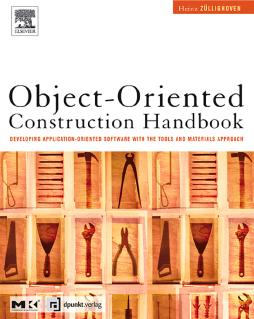
Additional Information
Book Details
Abstract
Successful businesses and organizations are continually looking for ways to improve service and customer satisfaction in order to achieve long-term customer loyalty. In light of these goals, software developers must ask the question: how does customer orientation influence traditional approaches, methods, and principles of software development? In this book, a leading software architect and his team of software engineers describe how the idea of customer orientation in an organization leads to the creation of application-oriented software. This book describes what application-oriented software development is and how it can be conceptually and constructively designed with object-oriented techniques. It goes further to describe how to best fit together the many different methodologies and techniques that have been created for object-orientation (such as frameworks, platforms, components, UML, Unified Process, design patterns, and eXtreme Programming) to design and build software for real projects. This book brings together the best of research, development, and day-to-day project work to the task of building large software systems.
*Written by and for developers of large, interactive, and long-lived software systems
*Includes patterns of proven analysis, design, and documentation techniques
*Shows how to develop an appropriate design approach and concrete software development techniques
"This very practical book demystifies the art of developing flexible software systems that can keep up with the changing needs of customers. This book not only shows how metaphors like 'Tools and Materials' can help drive software development, but it also carefully considers all aspects of the software process, and explains how the T&M approach builds on and refines known software engineering practices." Oscar Nierstrasz, University of Bern, Switzerlan
"The presented ideas are elaborated independent of technologies and implementation techiques. The author wants as target groups: software developers, project managers, computer science students, and method developers. He says, it is neither a programming textbook nore a book about GUI design."
-G. Bauer, in ZENTRALBLATT MATH
